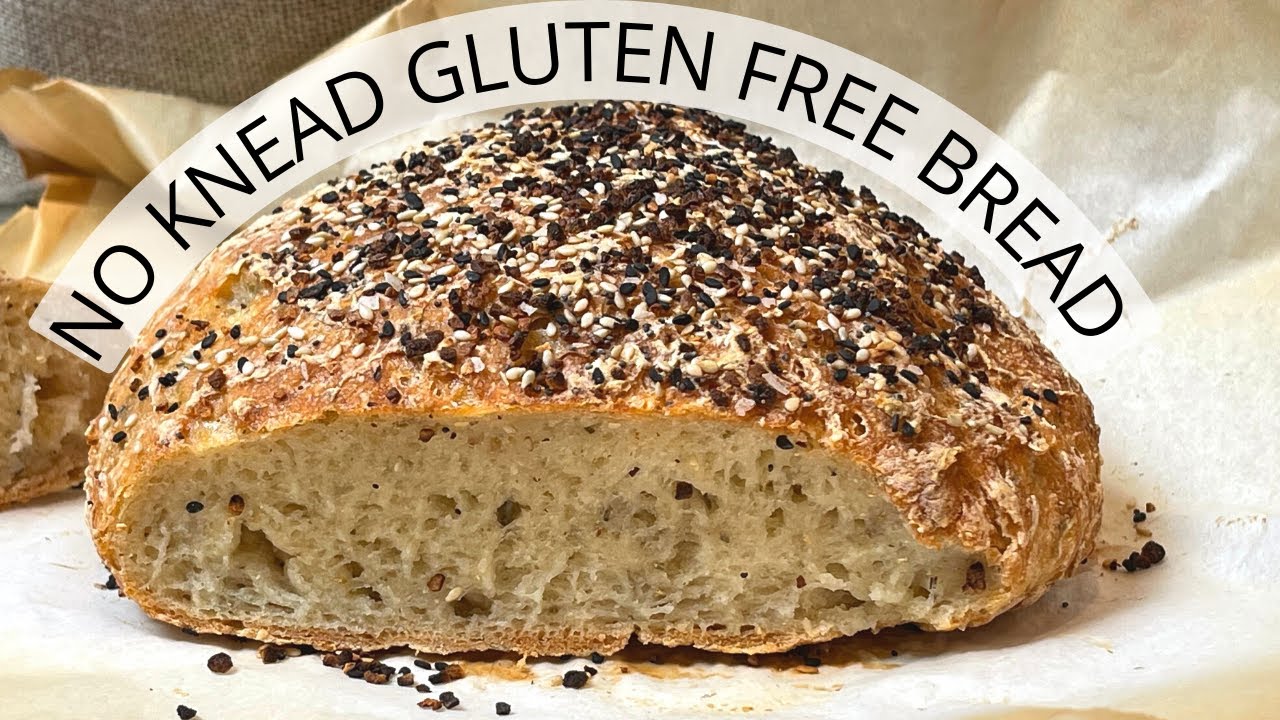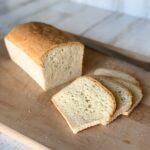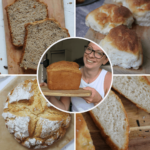Discover the joy of effortlessly baking delicious gluten-free bread without the kneading! This guide unveils a collection of simple yet satisfying recipes, perfect for beginners and experienced bakers alike. Imagine the warm, inviting aroma of freshly baked bread filling your kitchen, crafted from a variety of gluten-free flour blends, each imparting unique textures and flavors. We’ll explore different techniques, troubleshoot common issues, and inspire you to create stunning loaves, whether you prefer a rustic charm or a perfectly formed masterpiece.

From selecting the ideal flour blend to mastering the art of proofing, we’ll walk you through every step of the process, providing clear instructions and stunning visuals. Learn how to adapt these recipes to suit various dietary needs, unlocking a world of culinary possibilities. Prepare to embark on a baking adventure that’s as rewarding as it is simple.
Step-by-Step Baking Process
This recipe utilizes a simple, reliable method for creating a delicious, no-knead gluten-free loaf. The process emphasizes the importance of proper hydration and resting times to achieve a light and airy texture, even without the gluten development typically achieved through kneading. Each step is crucial for a successful outcome, so pay close attention to the visual cues described.
Initial Mixing and Resting
The initial stage involves combining the dry and wet ingredients. Imagine a large bowl, a generous helping of gluten-free flour blend (a mix containing xanthan gum is recommended for optimal structure), a pinch of salt, and a spoonful of sugar. These dry ingredients create a pale, slightly textured mound. Then, you add the wet ingredients: warm water, olive oil, and a touch of apple cider vinegar (which helps to mimic gluten’s effect). The visual change is dramatic. The dry ingredients begin to absorb the liquid, transforming from a powdery pile into a shaggy, slightly sticky dough. It won’t be smooth; it will have lumps and uneven texture. This is perfectly normal at this stage. The dough at this point is quite moist, resembling thick porridge more than traditional bread dough. An image would show the contrast: a fluffy dry mixture before the wet ingredients are incorporated, then a clumpy, uneven, yet cohesive dough afterward. After a thorough initial mix, cover the bowl and let the dough rest for at least 12 hours, or preferably overnight. During this rest period, the starches in the flour will absorb the liquid, creating a more cohesive dough. The visual change after resting is significant. The dough will have visibly relaxed, becoming less clumpy and more uniform in texture, though still slightly sticky. It will have increased in volume slightly.
Shaping and Proofing
After the long rest, gently transfer the dough to a lightly oiled loaf pan. The dough will be soft and yielding, easily manipulated. The image would show the contrast between the slightly lumpy pre-rest dough and the now smoother, more cohesive dough. Avoid excessive kneading or manipulation; a gentle shaping is all that’s needed. The dough will be moist but not watery. You will see it slightly spring back when pressed gently. Then, cover the loaf pan and let the dough proof for another 2-3 hours, or until it has risen noticeably. During this proofing stage, the dough will puff up slightly, indicating the leavening process is underway. A photograph would clearly illustrate this increase in volume.
Baking
Preheat your oven to 375°F (190°C). This step is crucial for a properly baked loaf. Place the loaf pan into the preheated oven. Bake for approximately 45-50 minutes, or until a toothpick inserted into the center comes out clean. The top of the bread will develop a beautiful golden-brown crust, a sign of successful baking. An image would show the progression of the crust’s color from pale to golden brown.
Troubleshooting
Overly dry dough: If your dough seems excessively dry during the initial mixing, add a tablespoon or two of water at a time until it reaches the desired consistency. Uneven baking: If one side of the bread browns faster than the other, rotate the pan halfway through the baking time to ensure even cooking. A slightly darker crust on one side is often unavoidable, but significant variations indicate a need for rotation. Underbaked bread: If a toothpick inserted into the center still comes out with wet dough attached, continue baking in 5-minute increments until it’s fully cooked.
Mastering the art of no-knead gluten-free bread opens a world of culinary creativity. Through exploring diverse flour blends, adapting recipes for specific dietary needs, and mastering essential baking techniques, you’ll confidently craft delicious and satisfying loaves. The journey from simple ingredients to a golden-brown, crusty masterpiece is incredibly rewarding, and this guide provides the roadmap to success. So, gather your ingredients, preheat your oven, and prepare to experience the unparalleled satisfaction of homemade gluten-free bread—effortlessly.
Questions and Answers
Can I use a different type of gluten-free flour blend than those listed?
Yes, you can experiment with other gluten-free flour blends, but the baking time and results may vary. Start with a small batch to test the consistency and adjust as needed.
How long can I store the baked bread?
Store leftover bread in an airtight container at room temperature for up to 3 days or in the freezer for up to 3 months. Reheat slices in a toaster or oven for optimal texture.
What if my dough is too sticky?
Add a tablespoon or two of gluten-free flour blend at a time until the dough reaches a workable consistency. Avoid adding too much flour, as this can result in a dry loaf.
Why is my bread crumbling?
This could be due to over-baking or insufficient moisture in the dough. Check the internal temperature of the bread and ensure the dough has the correct consistency before baking.


